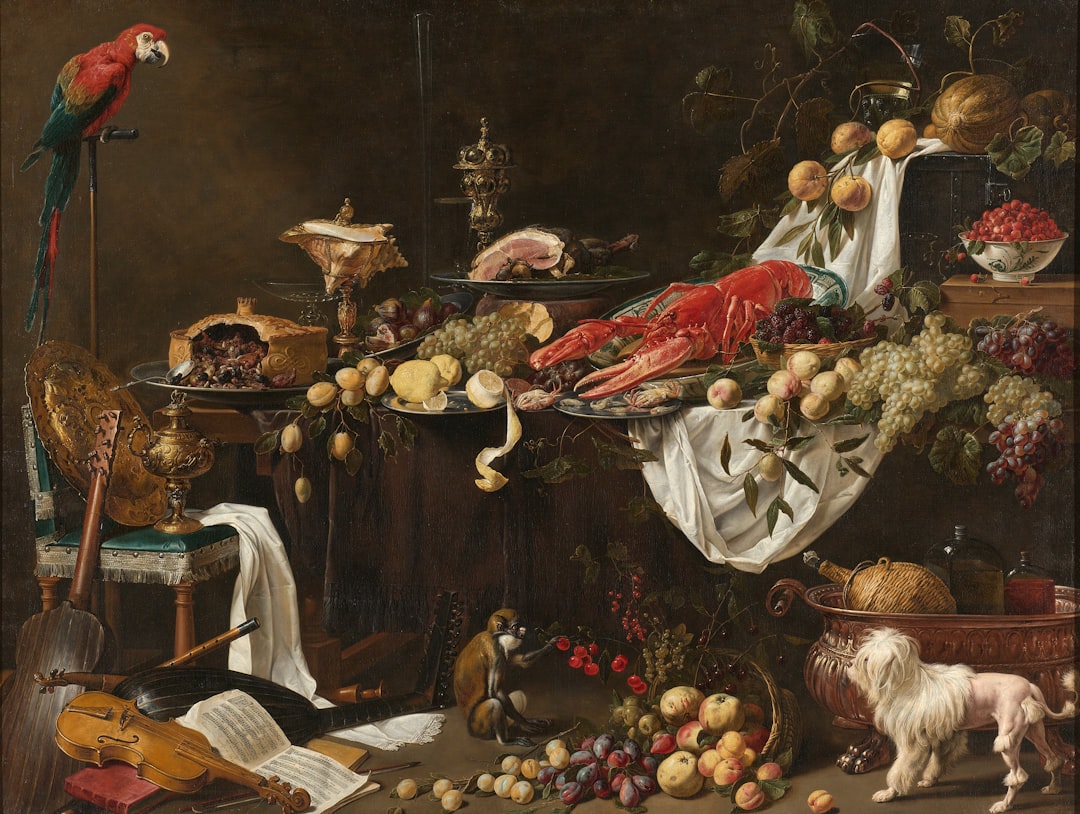What is it about?
We have carried out a new study of the color combinations selected by Le Corbusier in ‘les claviers de couleurs’ for the Salubra wallpaper company in 1931, by analyzing them in the Natural Color System, which allows us to understand the perceptive variables of colors (hue, blackness, and chromaticness) as well as their combination criteria. Regarding the perceptive variables, we have discussed the selected hue ranges in relation to other color proposals of Le Corbusier himself, and we have shown the extensive presence of earthy hues, or the noteworthy absence of other colors such as yellows, violets, black, and white. We have also analyzed the chromaticness of colors, which is generally low, and the blackness, also very limited. In relation to the combination criteria, we aim to find out the underlying order in the color combinations by studying the similarities and contrasts of their perceptive variables. We demonstrate graphically, by a navigable three-dimensional model, and with statistical support, some principles in Le Corbusier's color preferences, such as the combination of colors with equal chromaticness, the search of some contrast in blackness, or the usual resource of contrasting cool with warm colors, something slightly different to the contrast of complementary colors. We have also discussed other compositional criteria held by Le Corbusier to use color in his Purist architecture, which are related to the position and proportion of the surfaces to be colored, the connotations associated to different hues, or the use of plain colors, among others. © 2015 Wiley Periodicals, Inc. Col Res Appl, 41, 85–100, 2016
Featured Image
Read the Original
This page is a summary of: Color combination criteria in Le Corbusier's Purist architecture based on Salubraclaviersfrom 1931, Color Research & Application, January 2015, Wiley,
DOI: 10.1002/col.21940.
You can read the full text:
Contributors
The following have contributed to this page










